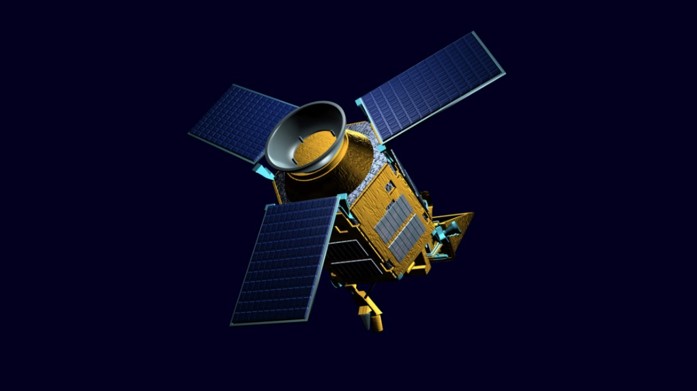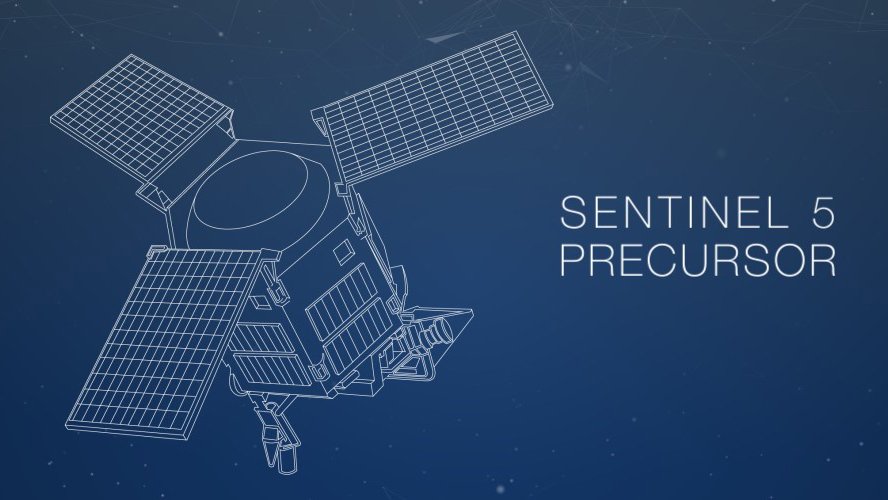The first air-quality monitoring satellite of the Copernicus Programme will be launched on 13th October 2017, having been supported by UK science and technical expertise from its inception.
The data collected by Sentinel-5P will greatly improve our ability to monitor air pollutants from space, essential for human health and understanding climate change. The satellite will measure a large number of pollutants globally, every day, in fine detail.
The satellite was built in the UK: its development was led by the Airbus team in Stevenage. Scientists at NCEO welcome the satellite’s launch, which culminates a long process of consultation on instrument specifications to get the optimum data for policy and health applications.
Particularly noteworthy is the improvement it will make to monitoring methane from space. Methane is the second most important anthropogenic greenhouse gas with a global warming potential 28 times as strong as carbon dioxide over a 100-year timescale. But our current knowledge of methane emission sources is surprisingly poor.
“Sentinel-5P will map methane in unprecedented detail, enabling us to make a big step forward in quantifying methane emission sources using space data, supporting efforts to reduce greenhouse gas emissions,” says Hartmut Boesch, NCEO co-director based at the University of Leicester.
NCEO’s Director, John Remedios, will witness the event from the ESA ESTEC centre in Noordwijk, Netherlands.
The Sentinel-5 Precursor is part of the global monitoring programme for environment and security (Copernicus). Scientists at NCEO, University of Leicester and the Centre for Earth Observation Instrumentation worked to provide the instrument specifications for shortwave infra-red channels of Sentinel-5P that underpinned the UK build of the these channels on the satellite.
Staff at STFC Rutherford Appleton Laboratory and NCEO are supporting the data processing activities for Sentinel-5P. Scientists from the University of Leicester and NCEO are part of the calibration and validation team for Sentinel-5P looking at air quality data and methane. NCEO scientists will be part of the science community using the data collected by the TROPOMI instrument on board Sentinel-5 P to map out key pollutants that are harmful to human health and contribute to climate change.
Sentinel-5 P will map out the whole globe within a day with much finer detail than possible from any other satellite before which will allow us to detect pollution hotspots from space and to monitor the distribution of pollutants within urban regions.
“Air pollution and climate change are some of the most pressing environmental issues of our time and the measurements from Sentinel 5-P will allow us to make a huge step forward in our understanding of emissions of key pollutants such as nitrogen oxide or methane,” said Boesch.
The Sentinel-5 Precursor mission will be the main mission for atmospheric trace gas data for the Copernicus service before the Sentinel-5 instrument becomes operational in 2021. The wealth of satellite data will be transformed into value-added information by the Copernicus Service supporting a wide range of applications in different domains including health, environmental monitoring, renewables energies, meteorology, and climatology.

S5P will be an important enhancement of the atmospheric component for the Copernicus Service .
